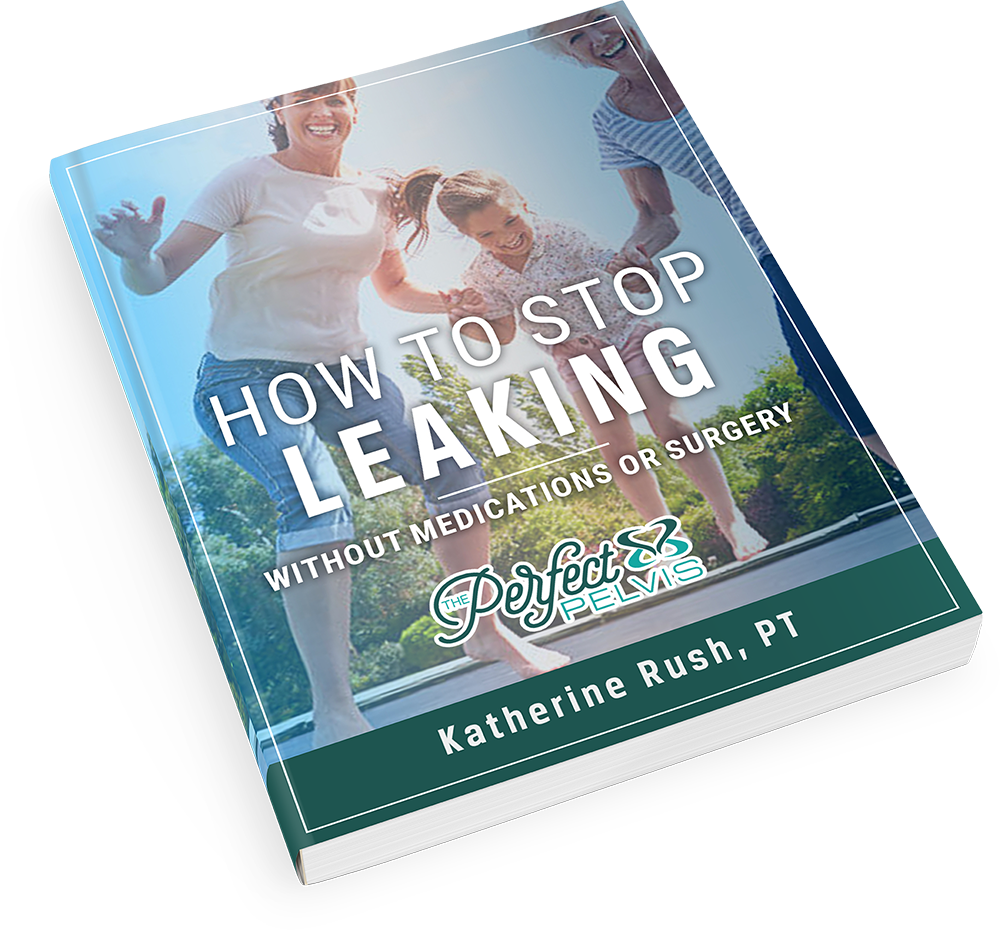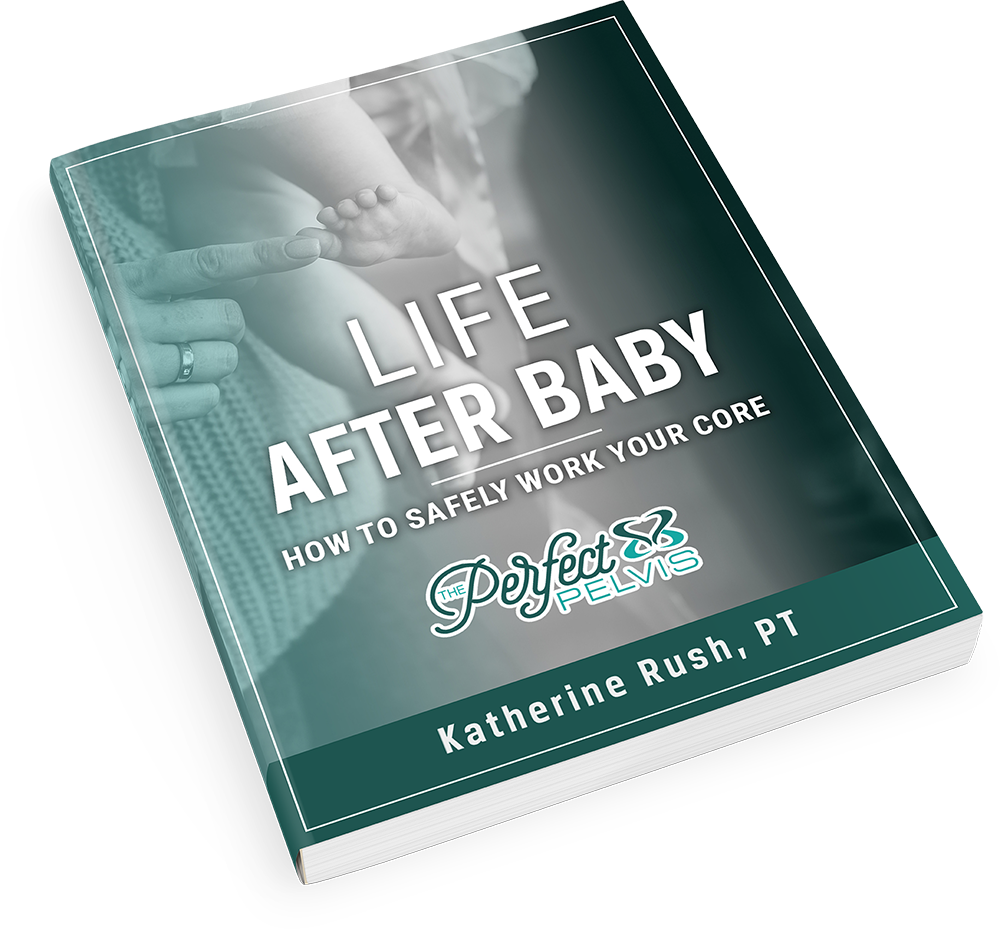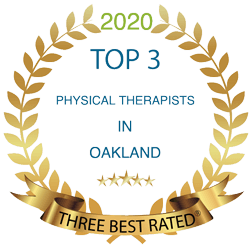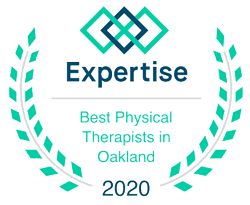There are countless misconceptions floating around about Diastasis Recti, leading to confusion, misinformation, and often, unnecessary worry.
In this blog, we aim to debunk the five most common myths and uncover the truth about Diastasis Recti.
We will shed light on the true nature of diastasis recti, its potential impact on new moms and effective strategies for management and treatment.
It’s time to sift fact from fiction and delve into the authentic truth about Diastasis Recti.
Tune in as we clear the fog surrounding this often misunderstood condition.
Myth 1: Diastasis Recti Means Your Abdominal Muscles Are Torn
Contrary to the common misconception, Diastasis Recti does not mean your abdominal muscles have torn.
In reality, the truth about Diastasis Recti is that it indicates a stretching or widening of the linea alba – a connective tissue that joins your left and right abdominal muscles.
During pregnancy or excessive core strain, this tissue can stretch, leading to a gap or “diastasis”.
This condition is more about stretched tissues rather than torn muscles. Understanding this fundamental distinction is crucial in managing and treating Diastasis Recti effectively.
Myth 2: Doing Exercises Like Crunches Or Planks Will Make Diastasis Recti Worse
The truth about Diastasis Recti is that it’s not always exacerbated by exercises like crunches or planks.
While it’s true that certain movements can strain the linea alba and potentially widen the gap, a well-guided and gradual core strengthening program can actually be beneficial.
It’s important to recognize that not all exercises are created equal, and some might indeed worsen the condition if performed incorrectly or excessively.
So, while reckless abdominal exercises can be harmful, measured and mindful movements can support recovery and strengthen the core muscles.
Myth 3: Surgery Is The Only Option To Fix Diastasis Recti
This is another common misconception that often creates unnecessary fear. The truth about Diastasis Recti is that surgery is not the only solution and, in fact, is usually considered as a last resort.
Physical therapy involving a series of targeted exercises is often the first line of intervention for managing Diastasis Recti.
These exercises aim to strengthen the transverse abdominis – a deep core muscle that plays a significant role in healing Diastasis Recti.
Also, lifestyle modifications like proper posture, mindful movements, and avoiding strain on the abdomen can be immensely helpful.
Therefore, while severe cases may require surgical intervention, many can effectively manage and even heal Diastasis Recti through non-surgical approaches.
Myth 4: Only Certain People Experience Diastasis Recti After Pregnancy
Diastasis Recti is not selective, and it can affect anyone regardless of age or physical condition.
A common myth is that only certain people, often those with a specific body type or fitness level, experience Diastasis Recti after pregnancy.
However, this is not the case. Any person who has been pregnant can develop Diastasis Recti, regardless of their fitness level, the number of pregnancies they’ve had, the birth method used, or their body type.
Factors such as the size and position of the baby, multiple pregnancies, and age can increase the likelihood, but no one is immune.
Understanding this reality can help to dispel the fear and stigma associated with Diastasis Recti, and encourage those affected to seek appropriate treatment.
Myth 5: Diastasis Recti Is A HUGE Problem
While it might seem alarming, Diastasis Recti is not always a monumental problem. A prevalent myth suggests that Diastasis Recti invariably leads to significant pain and discomfort.
However, the reality is that many individuals with this condition do not experience any disruptive symptoms. In fact, some people might not even realize they have Diastasis Recti until pointed out by a midwife or health professional during routine checks.
The symptoms and impact of Diastasis Recti can vary widely from person to person. Some might notice a bulging belly or experience back pain, while others might have no apparent symptoms at all.
Therefore, while Diastasis Recti should not be ignored, it’s also not a universally catastrophic condition that should incite panic or fear.
It’s crucial to approach it with the right perspective, guided by professional advice rather than myths and misconceptions.
Expert Help at The Perfect Pelvis Physical Therapy Clinic
Are you struggling with Diastasis Recti, seeking solutions, and wondering what the next steps are in treating this problem?
While these exercises can be incredibly beneficial, it’s essential to work with experienced professionals when dealing with Diastasis Recti, especially if you’ve been suffering for years.
At The Perfect Pelvis, our team of dedicated physical therapists specializes in pelvic pain management and the treatment of conditions like Diastasis Recti.
Don’t let Diastasis Recti continue to hinder your life and emotional well-being. feel free to schedule a free phone consult, or contact us to arrange a $57 Diastasis Recti Screening. You can also feel free to give us a call at 816.607.3747 (We still like to talk on the phone!) This time is beneficial in helping us create a personalized treatment plan that addresses your specific needs, and guides you toward a faster and more effective recovery.
We love to keep people in Lee’s Summit, mobile, active, and off pain pills – let our expertise go to work for you to help you stay happy and healthy.
Don’t forget, you can schedule a no-obligation (and free!) phone consult or visit us at our Lee’s Summit clinic as part of your $57 Diastasis Recti Screening. Or just give us a call at 816.607.3747.
We look forward to hearing from you,
Katy Rush, PT
Other Free Resources To Help With Diastasis Recti
Download our free report – Life After Baby: How to Safely Work Your Core
Read our blog- 5 Pelvic Floor Recovery Tips For Postpartum
Follow Us On Social Media – Facebook, Instagram, Twitter, and LinkedIn








